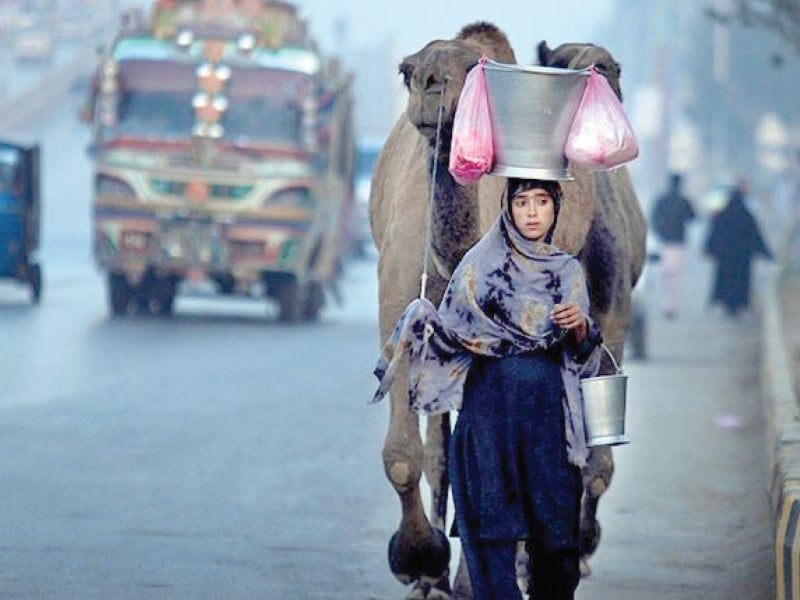
Value addition has the potential to reduce raw food wastage in the country by 40% and trigger a revolution in the agriculture sector. It plays a vital role in agriculture, horticulture, and floriculture trade. Progressive farmers, as well as horticulture and floriculture farm owners, should focus on adding value to agricultural commodities with the aim of exporting them. Approximately 40% of raw food, including vegetables, wheat, dry fruit, bananas, mandarins (Kinnow), mangoes, apples, dates, and other fruits, goes to waste due to their short shelf life, which typically lasts for only 24 hours in Pakistan.
The country needs to promote and revamp value addition in the agriculture sector, which currently lags behind neighbouring countries like China and India. Enhancing value addition in agriculture can bolster economic growth and alleviate poverty. In addition to horticulture, there is room for improvement in floriculture trade, given the country’s richness in floriculture and its immense potential for the floral industry.
“Our strength still lies in agriculture, with the sector accounting for 95% of exports, including textiles, leather, horticulture, and related industries. If we can successfully reduce our 40% losses and transform this wastage into opportunities through value-added commodities, we could potentially double agriculture and horticulture exports within a year,” stated Tahir Mahmood Chaudhry, an eminent expert in value-added products and the Founding President of the Turnaround Management Association (TMA) Pakistan Chapter. He further suggested that horticulture commodities could be easily packaged in tins by converting unripe and dry bananas into banana chips, dates into “Halwa” (dessert), and apples into Murabba (jam) and jelly.
Additionally, he advocated for the establishment of storage facilities for sugar, wheat, paddy, or rice to ensure the availability of these commodities throughout the year. Currently, farmers and sugar millers export the majority of commodities out of fear that they will spoil, leading to potential shortages in the country. This situation forces the government to import these commodities at higher prices, ultimately affecting the masses. Implementing proper storage facilities would benefit farmers, millers, and end-consumers, fostering sustainable growth.
Furthermore, he underscored the strict prohibition of smuggling food items to Afghanistan and the necessity of employing proper and legal procedures to expand the tax net. He also highlighted the potential of camel milk, which is sold at approximately Rs50 per litre in desert areas of Sindh such as Tharparker, Umerkot, Digri, Mithi, among others. He noted that cheese could be produced as a byproduct of this milk, which is highly valued in Gulf countries and sold at around Rs20,000 per kilo.
“If we establish a small factory in Umerkot, we can maximise the utilisation of camel milk by converting it into premium cheese for export to the six Gulf Cooperation Council (GCC) nations, including Bahrain, Kuwait, Oman, Qatar, Saudi Arabia, and the United Arab Emirates (UAE), as well as other markets. The untapped export potential in these regions presents vast opportunities that need to be explored,” he stated.
Professor Dr Pershotam Khatri, Chairman of the Department of Animal Reproduction at the Faculty of Animal Husbandry and Veterinary Sciences, Sindh Agriculture University (SAU), highlighted, “The country has a population of approximately 1 million camels, including both males and females, distributed as follows: 42% in Balochistan, 30% in Sindh, 20% in Punjab, and 8% in Khyber-Pakhtunkhwa. Unfortunately, there is a lack of chiller facilities in Sindh and Balochistan, where female camel milk is sold at Rs50 per litre in areas with limited buyers. Due to the absence of chilling infrastructure in these impoverished villages, farmers are forced to sell their milk at lower prices.”
Chilled storage facilities can enhance milk preservation and facilitate the production of by-products such as butter, yogurt/curd, and most importantly, cheese. Additionally, imported female camel milk is sold in plastic bottles at Rs2,000 per litre from countries like the UAE and Saudi Arabia at local supermarkets here, owing to its numerous health benefits.
Published in The Express Tribune, May 9th, 2024.
Like Business on Facebook, follow @TribuneBiz on Twitter to stay informed and join in the conversation.





















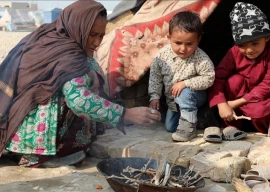
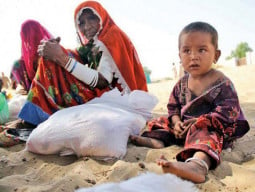



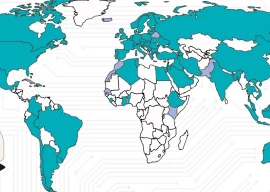

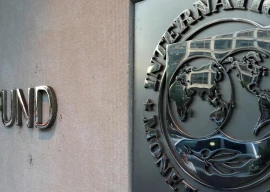






COMMENTS
Comments are moderated and generally will be posted if they are on-topic and not abusive.
For more information, please see our Comments FAQ